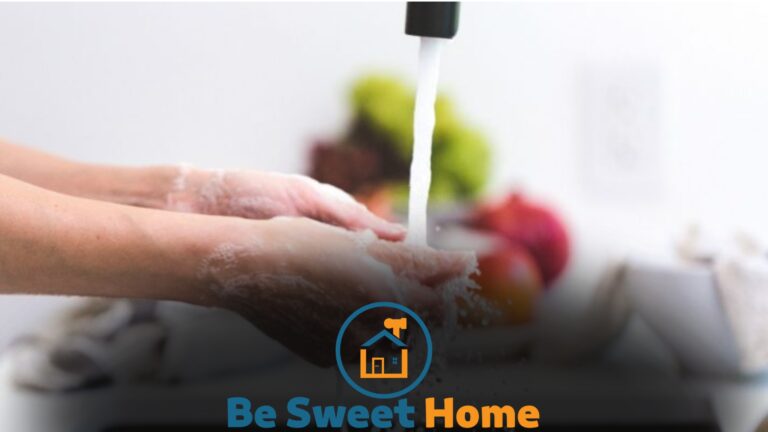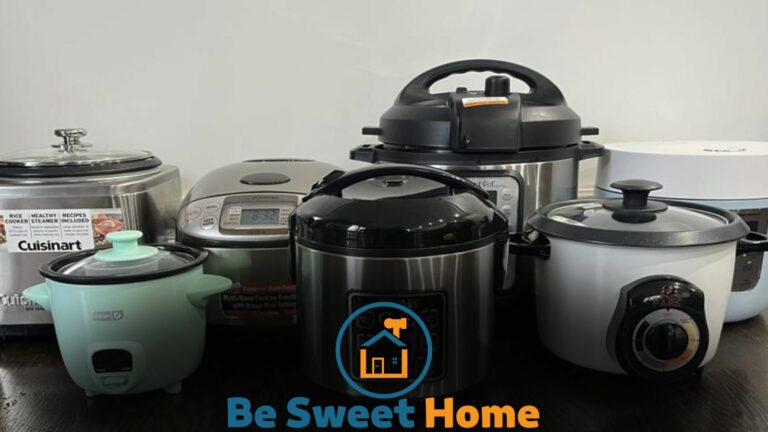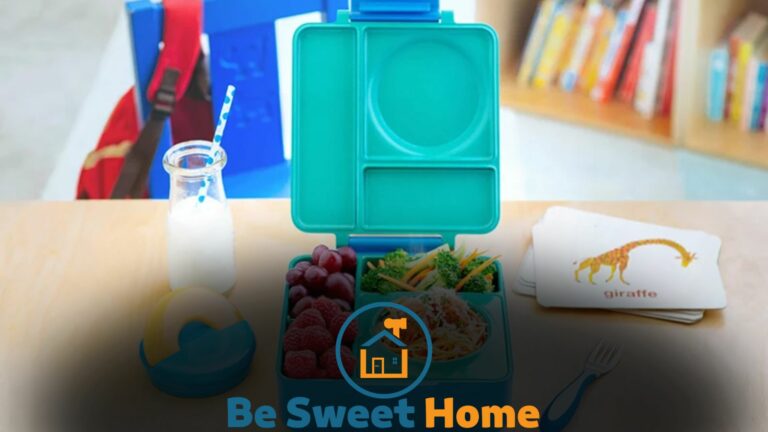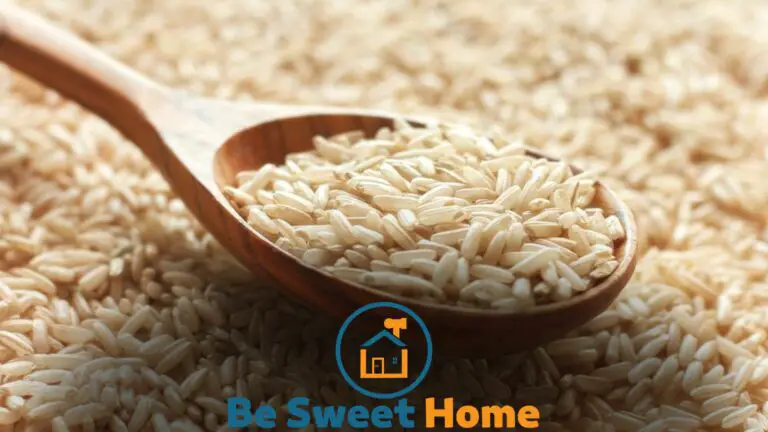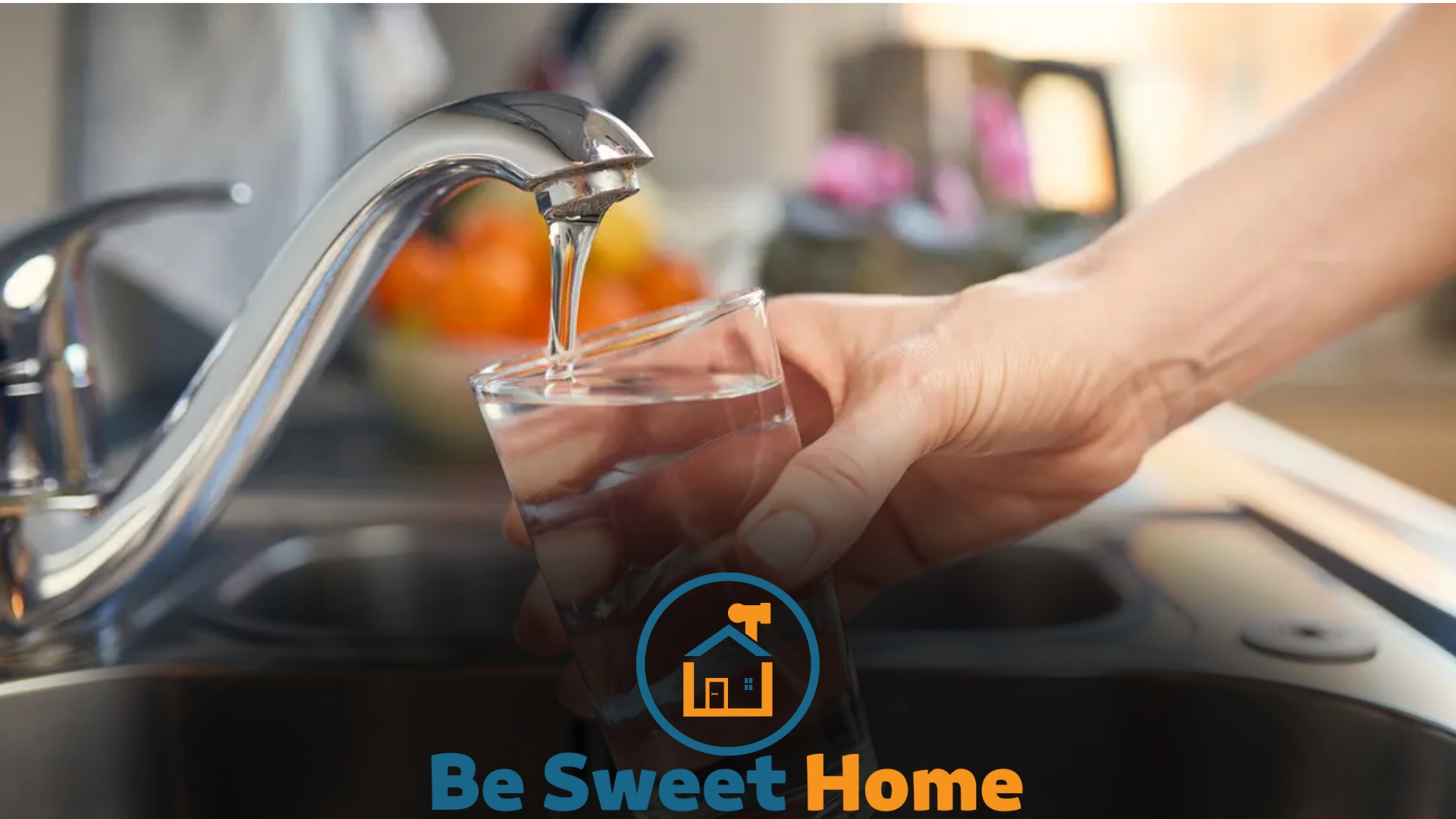

Drinking water from a kitchen sink can be safe if the water source and plumbing are clean. The safety largely depends on local water treatment practices and home pipe maintenance.
Whether one can safely drink kitchen sink water is a concern for many households. Clean, drinkable water is essential to health and well-being; hence, understanding the factors determining its safety is crucial.
The safety of this water is primarily governed by the quality of the municipal water supply and the condition of the pipes in your home.
Regular testing and monitoring of public water systems aim to ensure water quality and safety. Nevertheless, old or poorly maintained plumbing systems can introduce contaminants, leading to potential health risks.
Homeowners are advised to be aware of the age and state of their pipes and whether any water filters or purification systems are in place to guard against pollutants.
Additionally, it’s wise to stay informed about the local water quality reports, which provide insights into the safety of tap water in your area.
Kitchen Sink Water Safety Concerns
When you fill a glass from the kitchen tap, you expect the water to be clean and safe. Yet, tap water safety is a genuine concern for many households. Understanding the potential risks involved in drinking kitchen sink water is crucial.
Awareness and proper precautions ensure that the water from your faucet remains a healthy choice for you and your family.
Common Contaminants in Tap Water
Tap water isn’t always as pure as it seems. Various contaminants can lurk within, some naturally occurring and others resulting from human activities. Here are the main culprits to be aware of:
- Lead: A toxic metal that can leach from household plumbing.
- Chlorine: Often used to disinfect water but may combine with natural organic matter to form harmful byproducts.
- Pesticides: Chemicals from agricultural runoff that may seep into the water supply.
- Pharmaceuticals: Medications disposed of improperly that can end up in water sources.
- Pathogens: Bacteria and viruses that can cause illness if not properly eradicated.
The Impact of Old Piping on Water Quality
Old piping is a silent troublemaker affecting water quality. Over time, pipes can corrode, releasing metals like lead and iron into the water. Flavor and color may change, indicating a quality issue.
Areas with older infrastructure face these issues more frequently. Here’s what old pipes might introduce into your tap water:
| Contaminant | Source | Potential Impact |
|---|---|---|
| Lead | Corroding pipes | Health problems, especially for children |
| Copper | Aging copper pipes | Gastrointestinal distress |
| Iron | Old iron pipes | Unpleasant taste and stains |
To ensure safe drinking water, consider periodic testing and, if necessary, pipe replacement. Filters can help but may require regular maintenance and replacement to be effective.
Assessing Your Tap Water Quality
Do you wonder about the safety of your kitchen sink water? It’s a common concern. What flows from your faucet might not always be as pure as expected. Before taking a sip, assessing the water quality is crucial. Let’s unpack how to test and understand what’s in your tap water.
Home Water Testing Kits
Determine water safety with home testing kits. They are easy to use and provide quick results. Here’s how:
- Buy a kit from a hardware store or online.
- Follow the instructions to collect a water sample.
- Wait for the results to reveal chemical levels and contaminants.
Some common tests check for lead, bacteria, pesticides, and pH levels. Use a reputable brand for accurate results.
Understanding Local Water Quality Reports
Every year, water suppliers publish quality reports. Here’s how to understand them:
- Access your local report online or request a physical copy.
- Look for the Contaminants Section to see what’s in your water.
- Compare levels with EPA standards for safety.
These reports show the source of your water and the substances found during testing. They help you ensure that water meets health guidelines.
Filtration Systems Explained
Safe drinking water straight from the kitchen sink is a question on many minds. But worry not! Understanding filtration systems is the first step.
These systems help remove impurities and make tap water safe to drink. Let’s delve into the types of water filters you can use at home and the effectiveness of each method.
Types Of Water Filters For Home Use
A range of filters are available for crystal clear, safe drinking water. Each filter has unique capabilities. Finding the right one ensures the best water quality in your home.
- Activated Carbon: Good for removing chlorine and odors.
- Reverse Osmosis: Effective against dissolved minerals.
- Alkaline/Water Ionizers: Adjust water pH for a better taste.
- UV Filters: Kill bacteria and viruses without chemicals.
- Infrared Filters: Improve water circulation and softness.
The Efficacy of Popular Filtration Methods
Choosing the right filtration method can be daunting. Yet, each method has proven efficacy. Assessing water needs helps select the optimal one.
| Method | Efficacy | Contaminants Tackled |
|---|---|---|
| Activated Carbon | High | Chlorine, Pesticides, Organics |
| Reverse Osmosis | Very High | Heavy Metals, Nitrates, Fluoride |
| Alkaline/Water Ionizers | Medium | Acidity, Elements affecting taste |
| UV Filters | Very High | Bacteria, Viruses |
| Infrared Filters | Medium | Improving water softness |
Regular maintenance and replacing filters as needed maximize effectiveness. DIY tests or professional assessments indicate when to service or upgrade your system.
Boiling as a Purification Method
Drinking water straight from the kitchen sink raises a big question: Is it safe? A simple but effective method to make it safer is boiling.
Boiling water kills bacteria, viruses, and parasites. It makes kitchen sink water safer, especially if your water source is uncertain.
When Boiling Water Is Necessary
Contaminated water is no joke. Under certain conditions, it’s crucial to boil your water before using it. Here are some scenarios:
- Water Advisories: Follow local alerts for boiling water.
- Natural Disasters: After floods or earthquakes, always boil water.
- Travel: In unfamiliar places, boil tap water before drinking.
Limitations of Boiling
Boiling is excellent, but not perfect. It has its limits. Let’s explore:
| Limitation | Description |
|---|---|
| Chemical Contaminants: | Boiling won’t remove chemicals like lead, pesticides, or fluoride. |
| Taste and Smell: | Some flavors and odors may remain even after boiling. |
| Time and Resources: | Boiling requires time and energy, which might not always be available. |
Remember, If chemicals are a concern, consider a different purification method.
Health Risks of Drinking Impure Water
Water is life. But what if this very source of life is a hidden carrier of dangers?
Health risks of drinking impure water can range from mild to severe.
Identifying what’s in the water you drink is vital for your well-being.
Short-term Illnesses
When water from your kitchen sink is impure, it can lead to immediate health problems. Such water may contain bacteria like E. coli or viruses that cause stomach upset or diarrhea.
The table below provides a quick look at potential short-term illnesses:
| Contaminant | Possible Short-term Illness |
|---|---|
| Bacteria | Nausea, vomiting |
| Viruses | Diarrhea, stomach cramps |
| Parasites | Gastrointestinal infections |
| Chemicals | Skin rashes, sore throat |
Long-term Health Effects
Dangers do not stop with just short-term effects. Drinking impure water over time can lead to chronic health issues. Here are some severe consequences laid out in list form:
- Cancer – Certain chemicals in water are carcinogenic
- Reproductive problems – Lead and other toxins affect fetus development and fertility
- Neurological disorders – Mercury and lead harm the nervous system
- Liver & Kidney damage – Heavy metals and other pollutants strain these organs
Protect yourself and ensure you know what is in your water.
Ensuring Safer Kitchen Sink Water
Wondering about the safety of your kitchen sink water? You’re not alone. Many rely on tap water for drinking, cooking, and cleaning daily. To ensure the water flowing from your faucet is clean and safe, a few practical steps are key.
Let’s dive into how to protect your family and keep that water quality in check.
Regular Maintenance of Plumbing
Regular checks and cleaning of your home’s plumbing system keep water safe.
- Inspect pipes for signs of corrosion or damage.
- Replace old or worn fixtures to prevent contaminants.
- Flush out sediments by running water for a few minutes.
Set a schedule for cleaning faucet aerators and screens. These parts can trap particles and bacteria.
Consulting Professionals for Water Quality Issues
Contact experts if your water has odd tastes, colors, or smells. Certified professionals can test your water and advise on filters or treatment systems.
| Issue | Action |
|---|---|
| Discoloration | Contact a plumber |
| Strange taste/smell | Get a water quality test |
| Frequent sickness | Invest in a water filtration system |
Upgrading to a water filter can also be a wise move. It adds an extra layer of safety, removing harmful contaminants before they reach your glass.
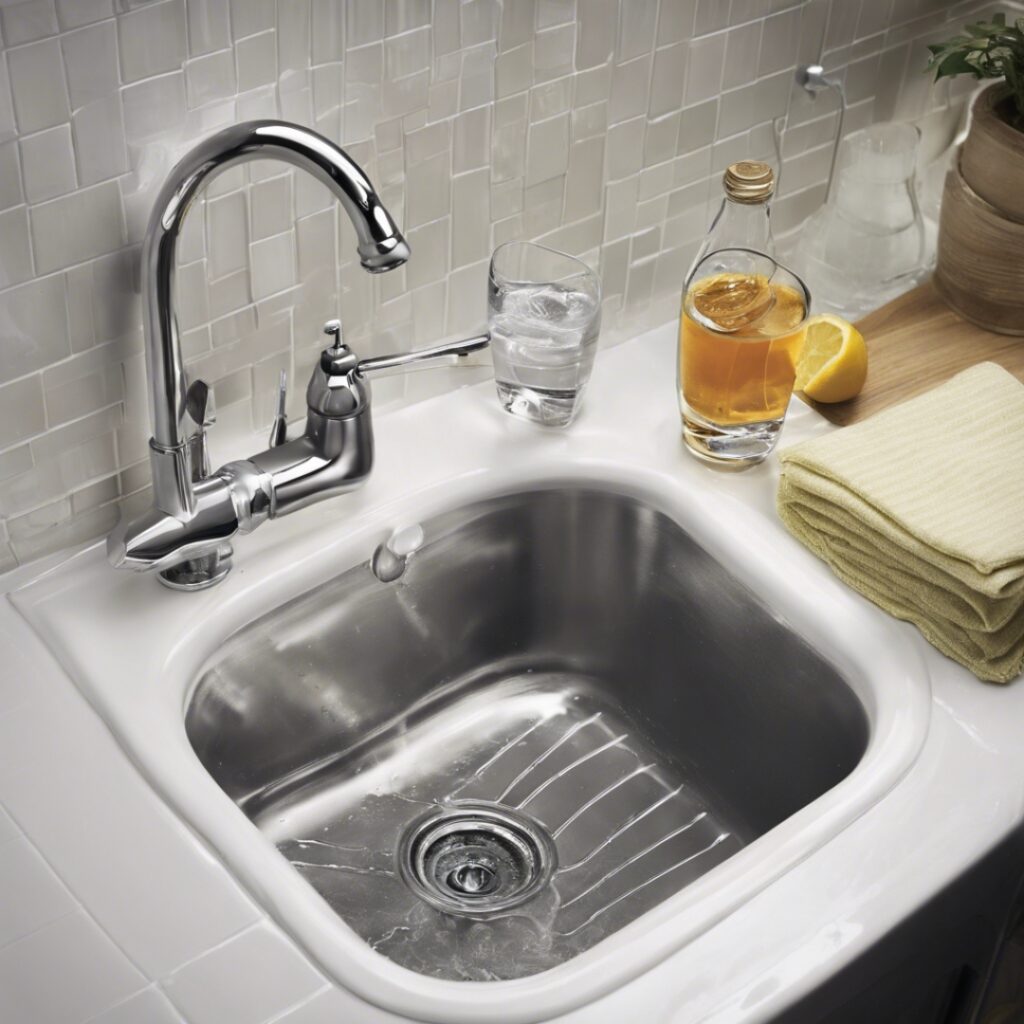
Frequently Asked Questions
Is Kitchen Sink Water Safe for Drinking?
Kitchen sink water is typically considered safe to drink if it comes from a municipal water supply that’s regularly tested and treated. However, safety can be compromised by factors such as old piping or contamination.
What Affects Kitchen Sink Water Purity?
The purity of kitchen sink water can be affected by various factors, including the age of pipes, local water treatment processes, and potential contaminants from the environment, such as pesticides or industrial waste.
How Do I Test My Sink Water Quality?
You can test your sink water quality using at-home testing kits at hardware stores or hire a professional water testing service to conduct a thorough analysis.
Are There Signs of Unsafe Drinking Water?
Signs of unsafe drinking water include unusual taste, odor, discoloration, sediment presence, and, in some cases, gastrointestinal discomfort after consumption.
Can Filtering Improve Sink Water Safety?
Filtering can significantly improve sink water safety by removing contaminants like chlorine, lead, and bacteria, depending on the filter type and quality. Always choose a filter certified for the substances you want to remove.
Conclusion
Ensuring your tap water’s safety is essential for health and peace of mind. Regular testing and using proper filtration can mitigate risks.
Trust but verify your local water supply; safe kitchen sink water is achievable. Stay informed, stay hydrated, and always prioritize purity in every sip.

